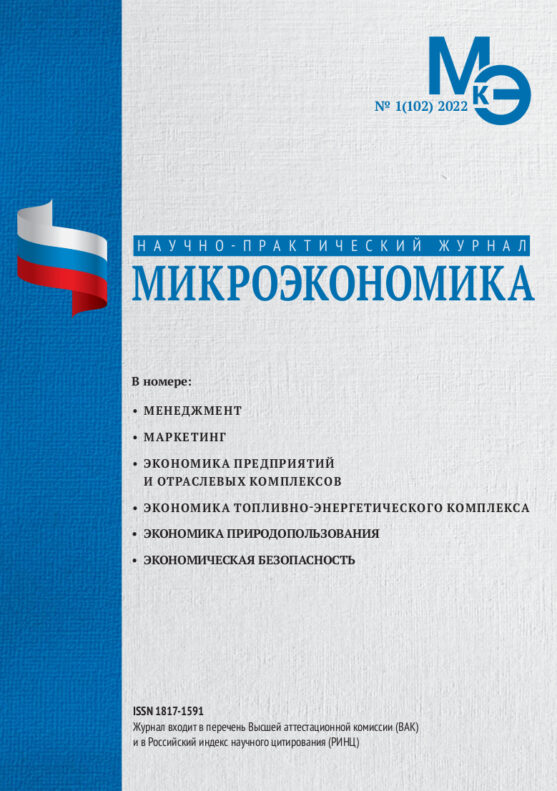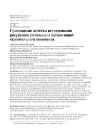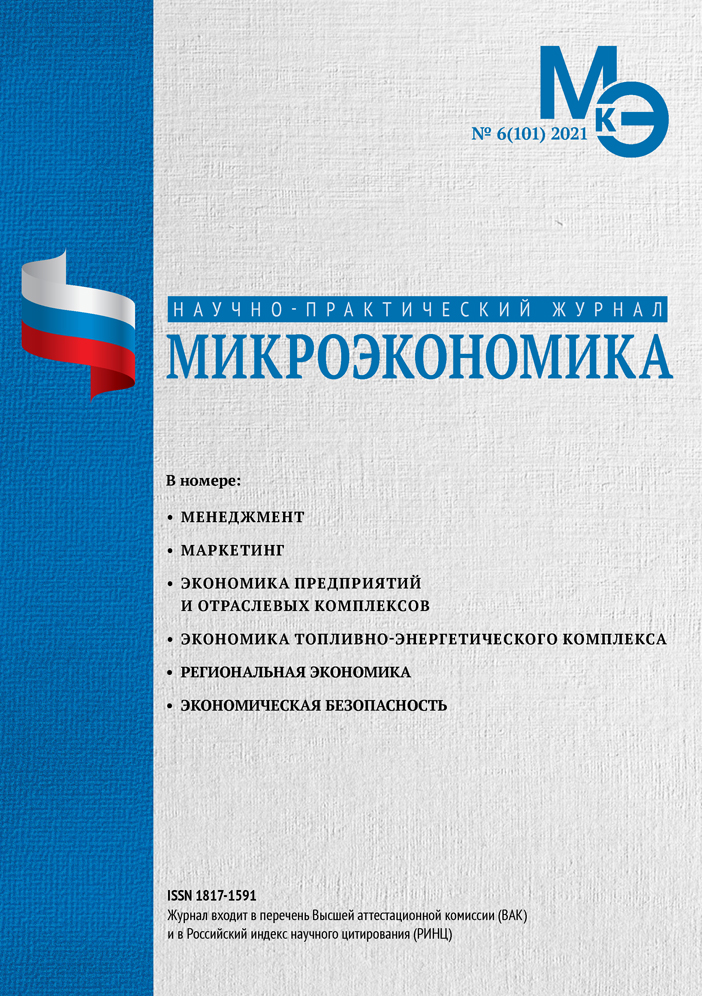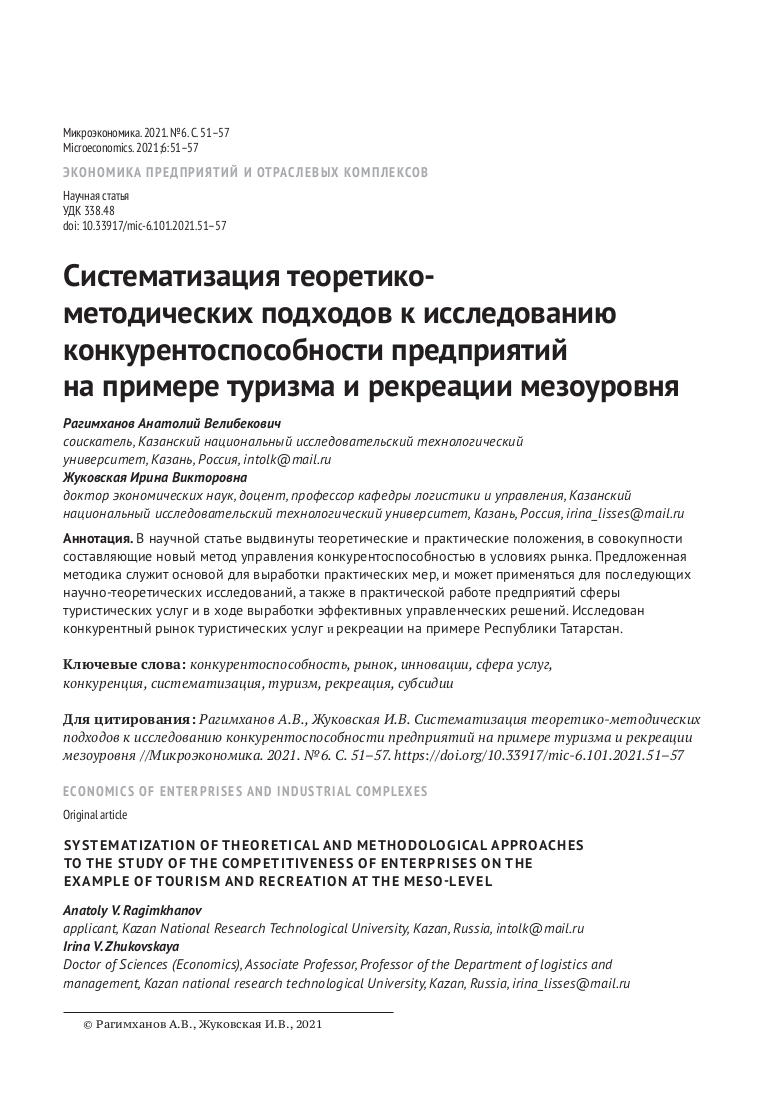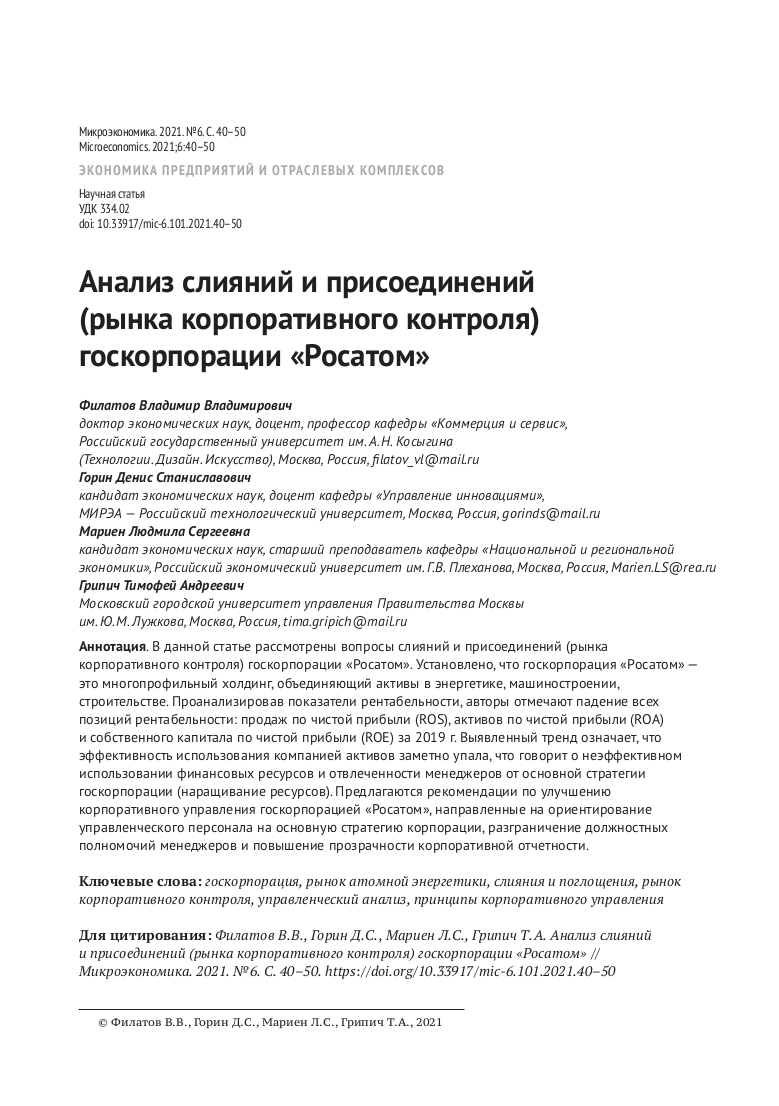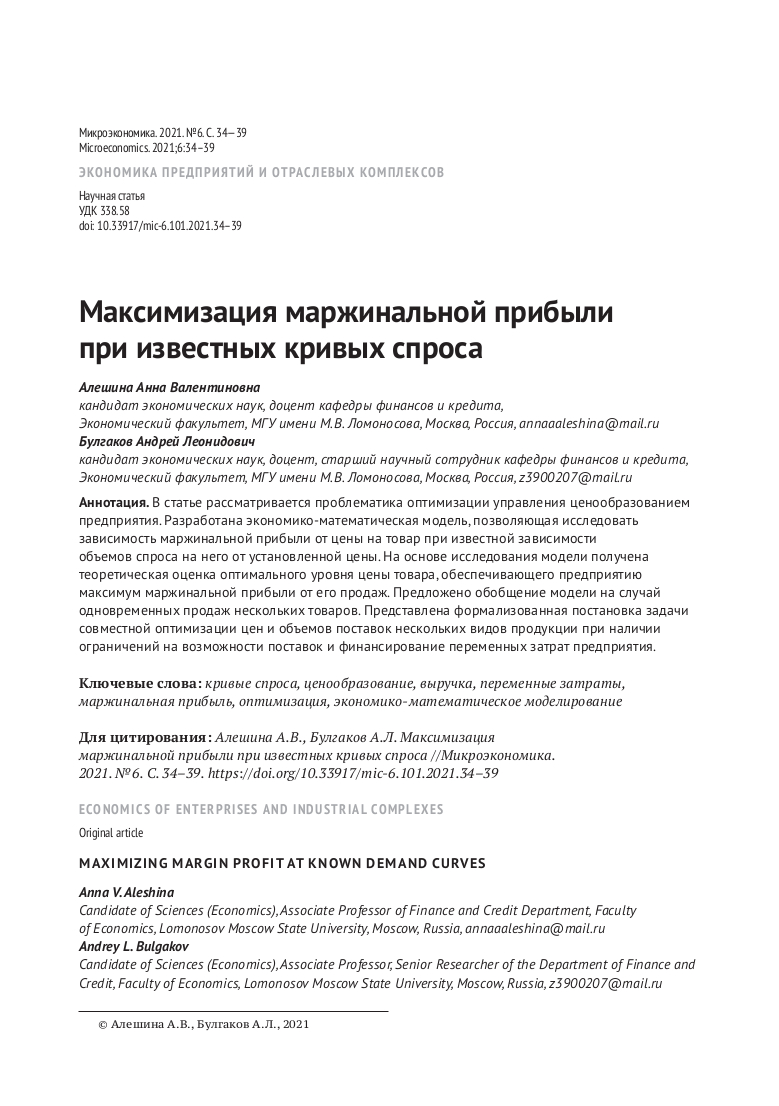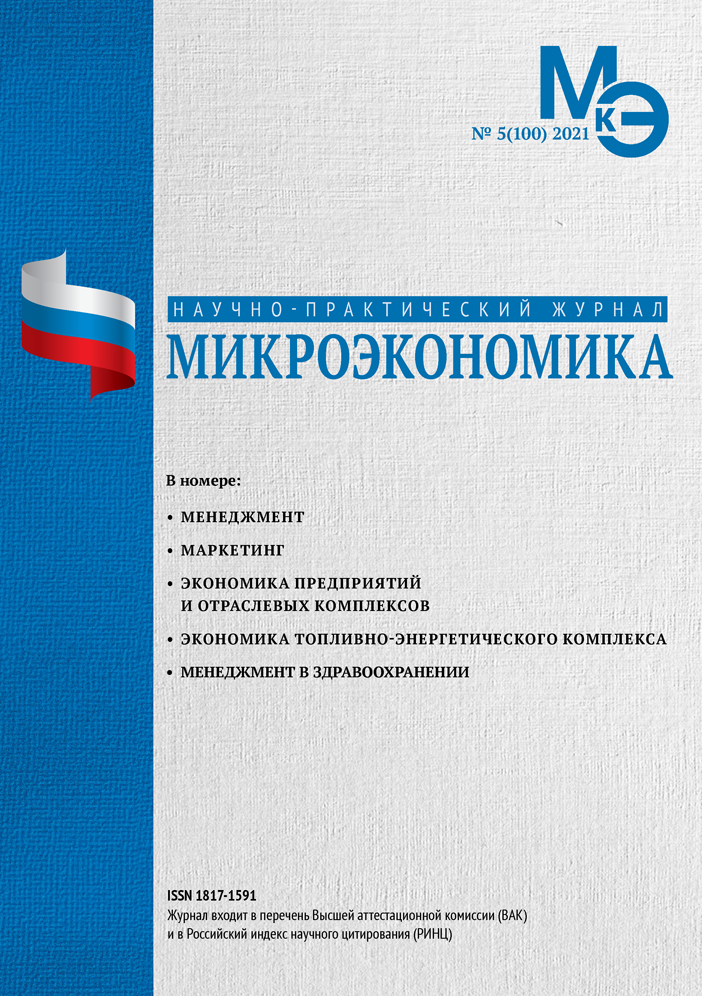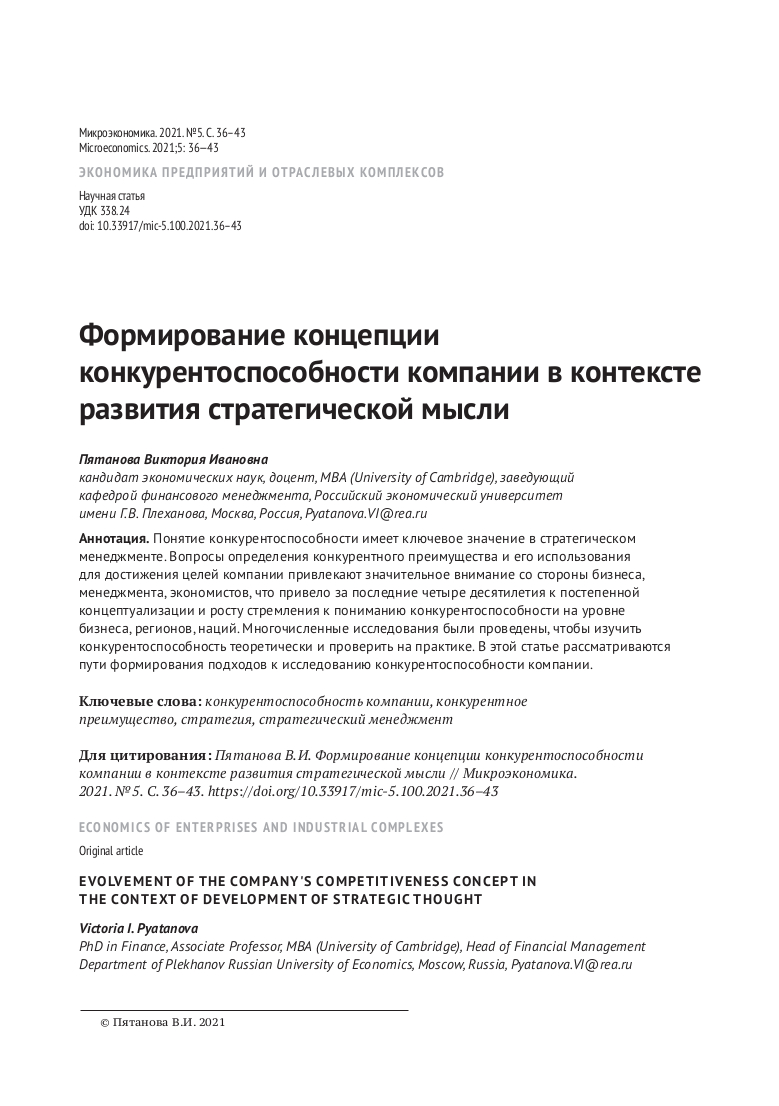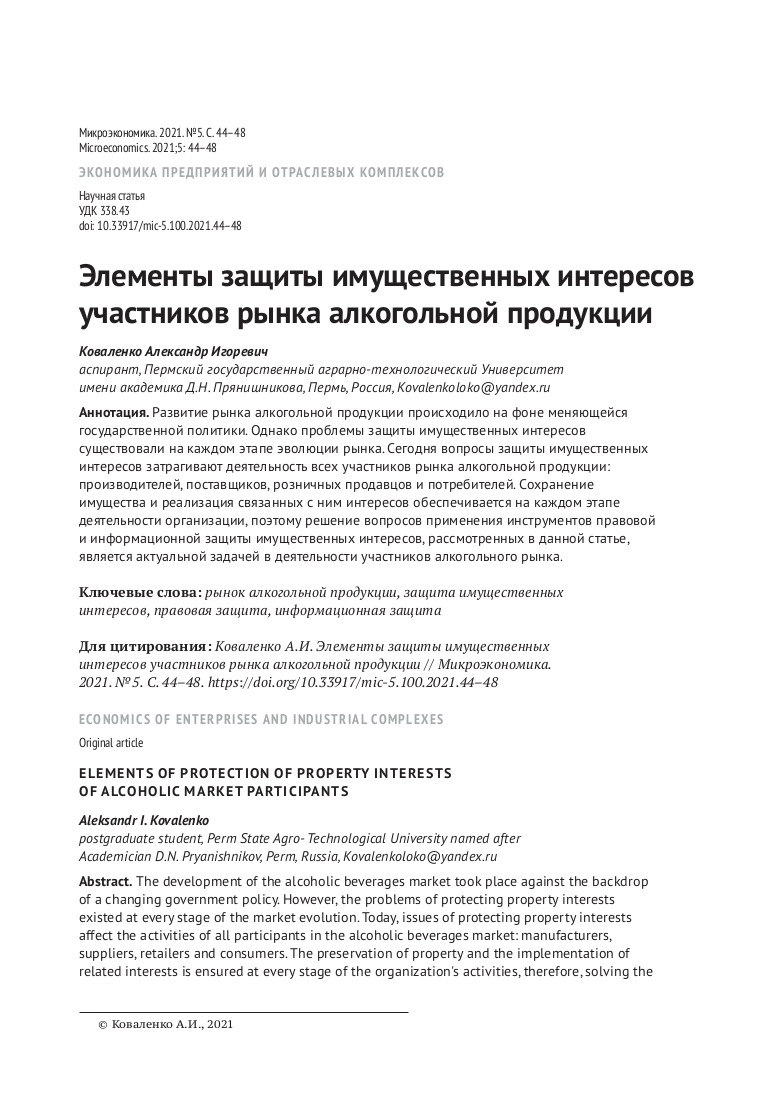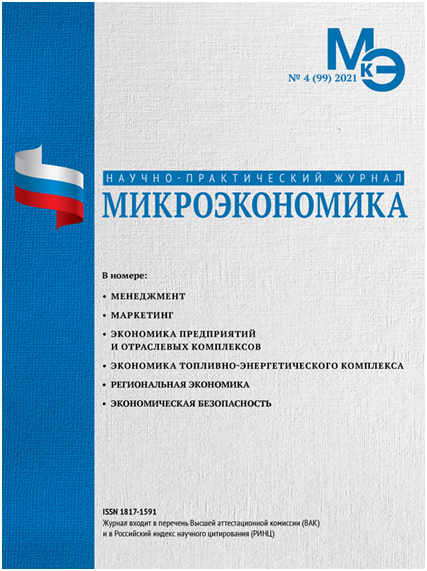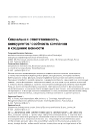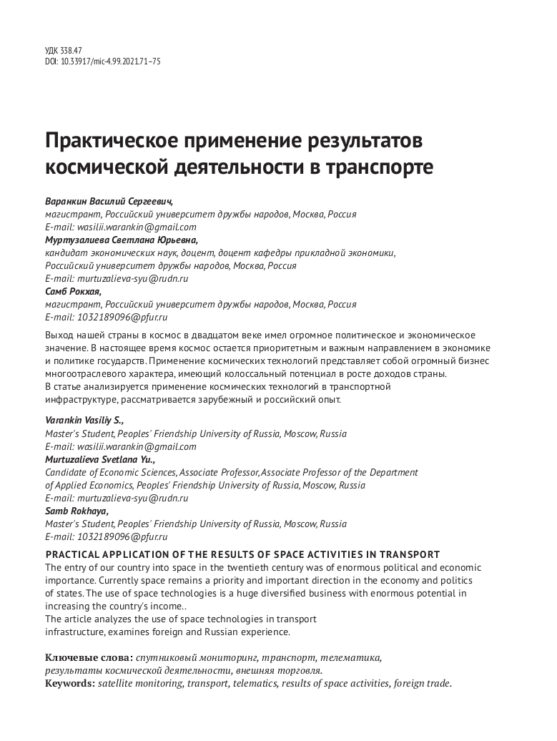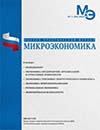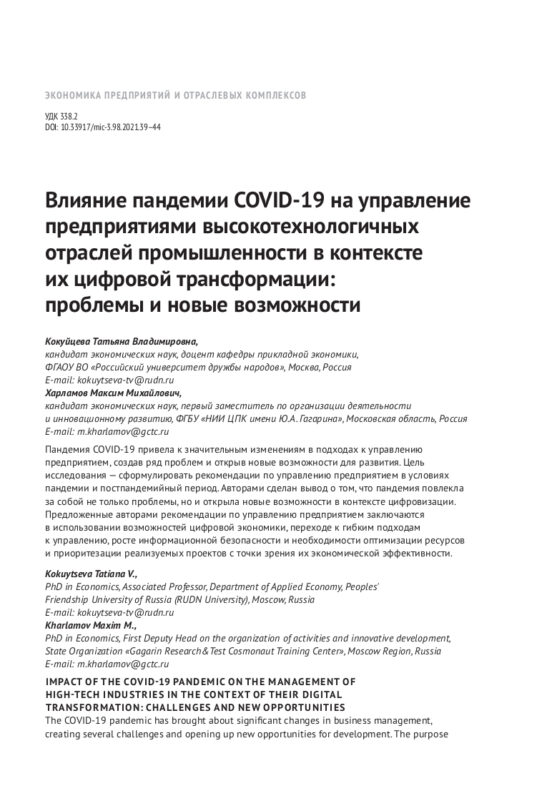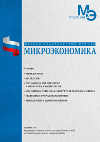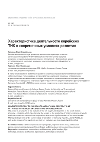Applied aspects of researching the raw materials potential of building complex organizations
DOI: 10.33917/mic-1.102.2022.66-74
The purpose of the article is determined by the need to research the raw materials potential and its impact on the growth and development of building organizations. The article determines that the efficiency of raw materials used in the activities of building complex organizations is a reserve for development of the building potential as a kind of economic activity and stimulates particular actions to fulfill the national objective «Comfortable and safe environment for life». The hypothesis is stated that the identification of the potential types for growth and development of building complex organizations as an economic system acquires real meaning only when there is a possibility of adequate measurement of the parameters of growth and development of the economic system. Proposed signs of parameters identification for measuring the growth of the economy of building organizations reflect the quantitative and qualitative characteristics of the growth of their economy. The potential types that determine the functioning and development of building organizations have been broadened by supplementing the existing classification with the potential for administrative transformation in the construction industry. Allocation of the potential of administrative transformation into an independent type of the raw materials potential is justified from the perspective of its impact on the entire raw materials potential of the building organization and the existing backgrounds in the construction sector.
References:
1. Grant R.M. Modern strategic analysis. 5th ed. Saint-Petersburg: Piter, 2018. 762 p. (In Russ.).
2. Unified plan to achieve the national development goals of the Russian Federation for the period up to 2024 and for the planned period up to 2030 // Ministry of Economic Development of the Russian Federation. URL: https://www.economy.gov.ru/material/dokumenty/edinyy_plan_po_dostizheniyu_nacionalnyh_celey_razvitiya_rossiyskoy_federacii_na_period_do_2024_goda_i_na_planovyy_period_do_2030_goda.html
3. Barbarskaya M. N. Resource potential of a construction organization and approaches to its assessment // Traditions and innovations in construction and architecture. Socio-humanities and economic sciences, 2016. pp. 193-196. (In Russ.).
4. Razumei V.Y., Fedoseev I.V. Practical experience of using graphical methods for assessing competitiveness for construction companies // In Situ, 2016;1-2:73-79.
5. Chepachenko N.V., Yudenko M.N., Palicki S. Methodological aspects of research, measurement and evaluation of the development potential of construction organizations // Problems of the socio-economic development of Siberia. 2018;3(33):82-90. (In Russ.).
6. Fedoseev I.V., Vasileva N.V., Salov A.A. Management of innovation and investment activities in housing construction in the region. M.: SPbGehu, 2018, 158 p. (In Russ.).
7. Chepachenko N.V., Yudenko M.N., Goncharova М.S., Sergeeva N.Y. Methodical approach to measurement and evaluating effective activity of construction organizations // Microeconomics. 2019;1:13-19. (In Russ.).


